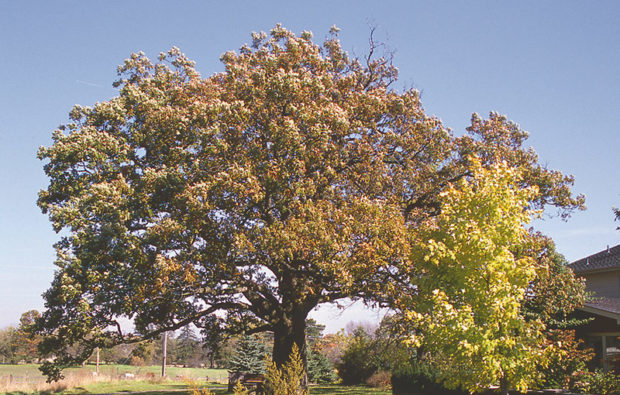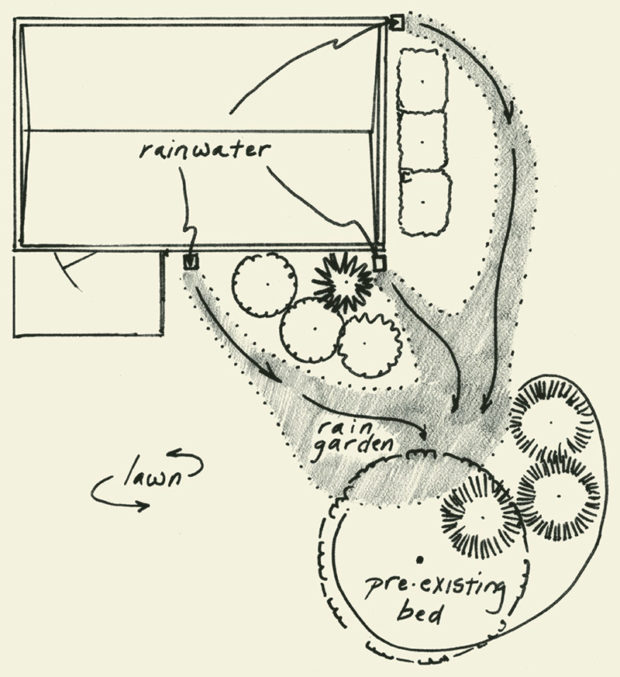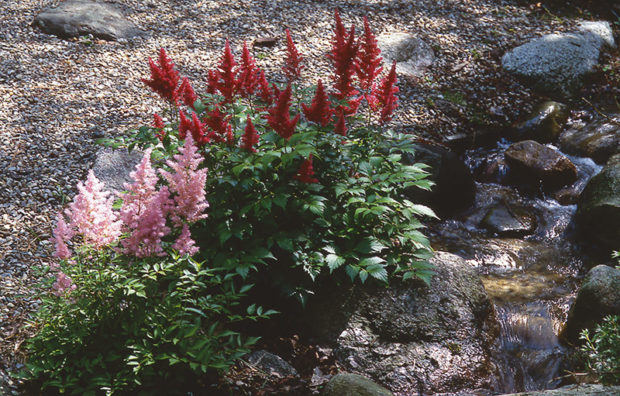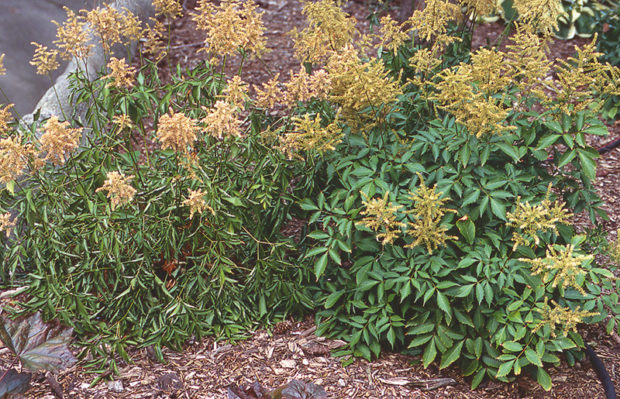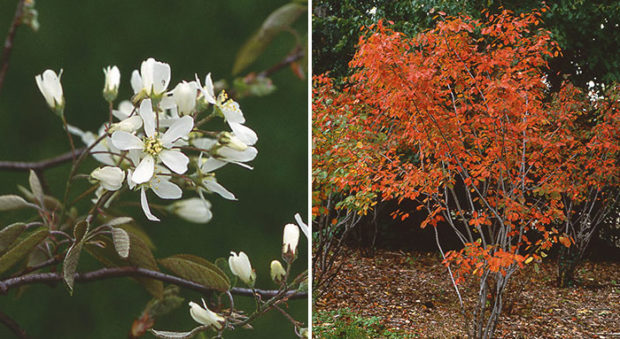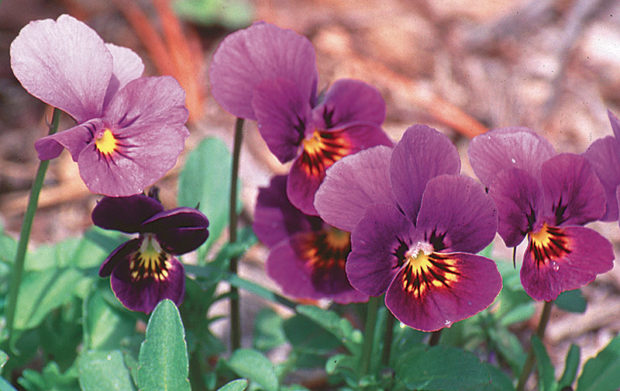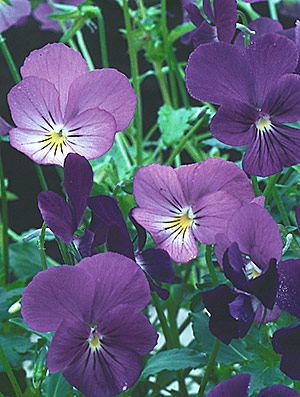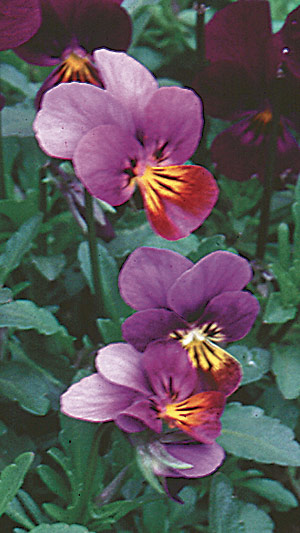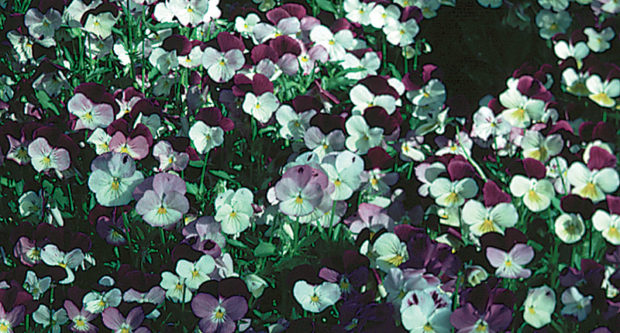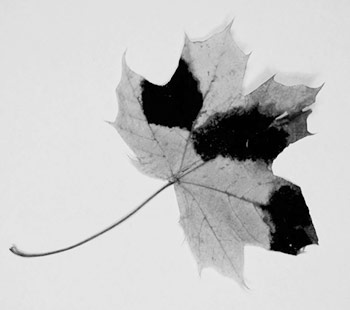by Steve Turner
Heat index is an important tool in determining insect and plant activity in the landscape. This is an effective way to determine when to begin looking for signs of problems or to take preventative measures.
The whole heat index system is based upon average degree days of 50 or above (called DD50), since most insect activity is triggered by temperatures of 50 degrees. 50 is used as a base, so for each degree above 50 the temperature rises, so does the DD50. For example, a 70 degree day would have a DD50 of 20. Entomologists have charted insects according to how many DD50s it takes for them to become active and develop into different life stages (egg, nymph, larva, and adult). For instance, it takes the birch leaf miner adult an average DD50 of 180 to emerge and start laying eggs in the tissue of birch leaves, while the larva needs 262 DD50s to become active.
You are now probably wondering how you are supposed to keep track of every degree above 50, add them all up, and use this information. The good news is you don’t have to—Mother Nature does it automatically. Just look at the plants around you and they will tell you when it’s time. Just like insects, plants are triggered by temperature to start and continue development as the season progresses. We use what are called phenological indicators to put the two together and read the signs that nature gives us. A good example would be lilacs: when the lilacs are blooming, we know that the birch leaf miner will be laying its eggs, so that’s when we need to start treating our birches to get the best control.
When we have erratic weather, you might as well throw your reference books out the window if they only specify dates. The plants in your landscape, however, are never wrong. They provide many excellent phenological indicators and also some that are just approximate. Many books and magazines will publish these indicators, so keep your eyes open for them. You can also discover and use your own. If you pay close attention to 1) when a problem is first noticed, and 2) what plant in your yard is coming into bloom or going through some other change at the same time as the problem, then often you can count on the two occurring at the same time next year. Make a note of it and when you see that same plant flowering next year, you will know to also check the other plant to see if the problem is indeed reoccurring.
Here are some common indicators that can help you keep your pest problems under control:
- Eastern tent caterpillars egg hatch – red maple first bloom.
- Gypsy moth egg hatch – PJM rhododendron bloom.
- Elm, birch and box elder leaf miner – lilac bloom.
- Cooley spruce gall aphid egg hatch – viburnum lantana bloom.
Steve Turner, Certified Arborist, is from Arboricultural Services in Fenton, MI.
You might also like: When is the best time to prune trees and shrubs?
Learn more about: Using Degree Days to Time Treatments for Insect Pests

